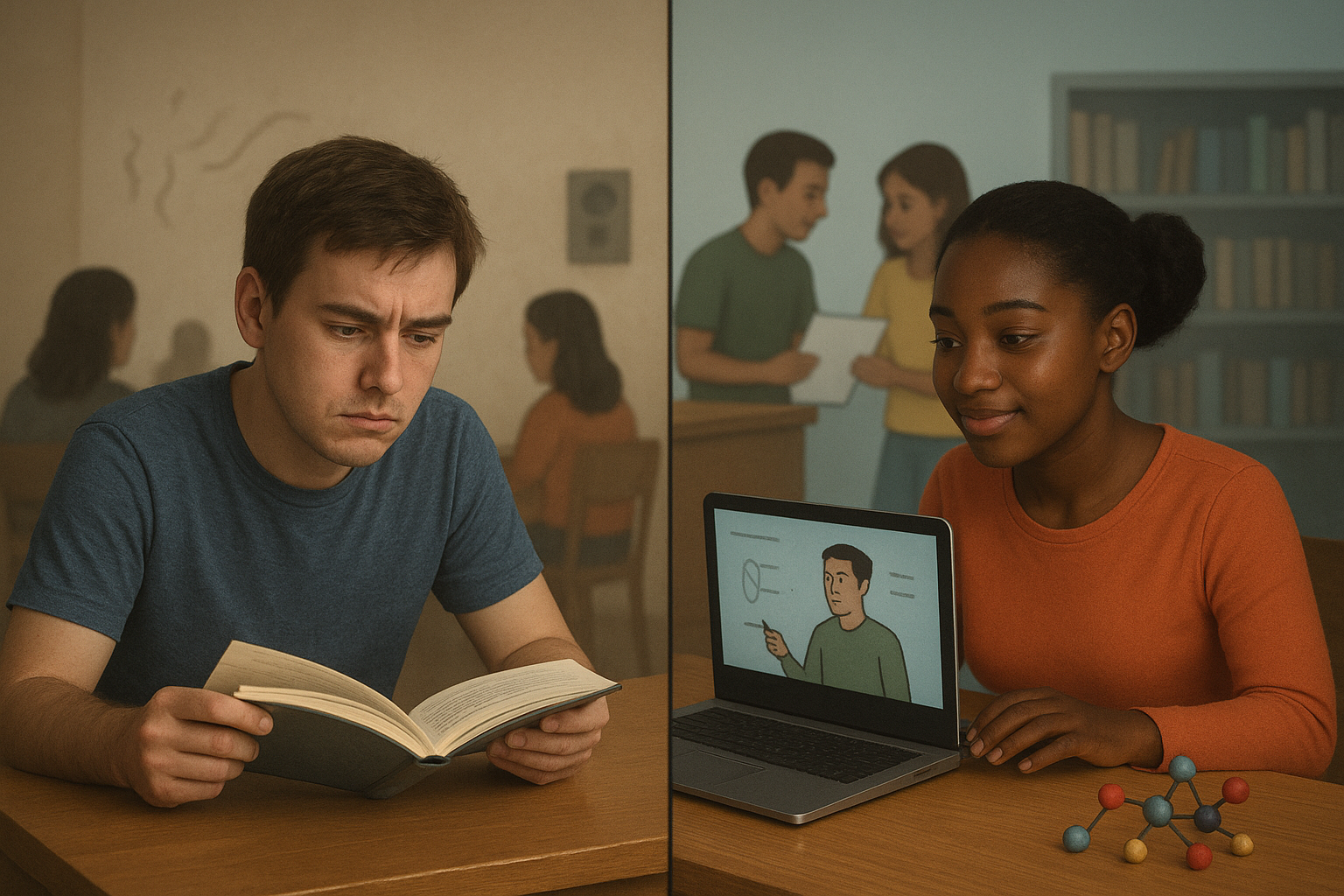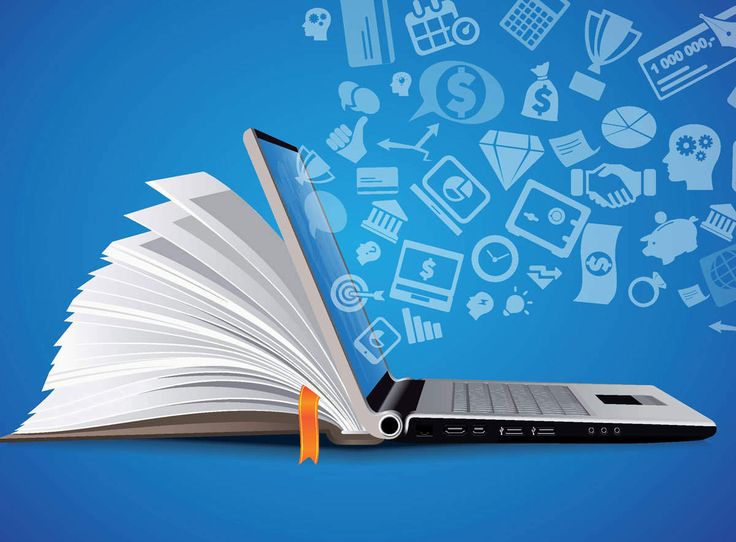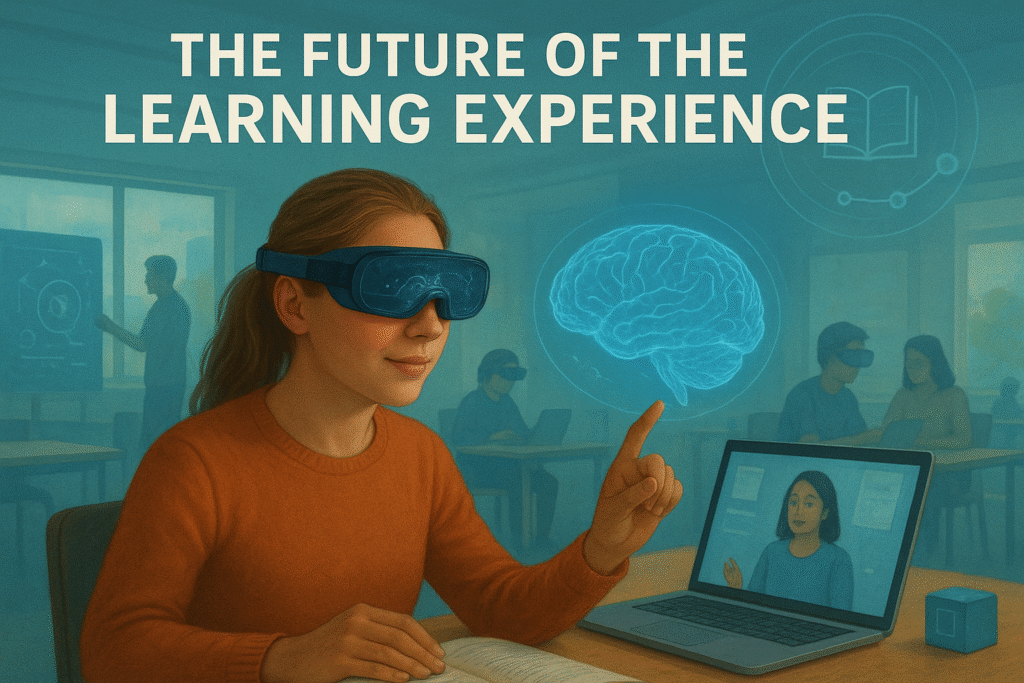Introduction: Why the Learning Experience Is More Important Than Ever
Learning has broken free from the old limits of chalkboards and heavy textbooks. In today’s fast-moving world, the learning experience has become the foundation of both personal success and professional advancement. Whether you’re in a school classroom, enrolled in workplace training, or teaching yourself a new hobby online, the quality of your learning journey determines how well you understand—and apply—what you’ve learned.
Here’s the reality: knowledge by itself doesn’t guarantee progress. What truly matters in the learning experience is the way knowledge is delivered, absorbed, and put into practice. That’s what turns the learning experience into a transformative force that can impact individuals, businesses, and entire industries.
In this guide, we’ll explore:
- What the term learning experience actually means
- How it has shifted from traditional classrooms to today’s digital-first world
- The psychological principles that make learning more effective
- The key ingredients that shape memorable and impactful experiences
- How technology, personalization, and AI are changing the game
- Examples of organizations creating breakthrough learning journeys
- Practical steps for learners, educators, and companies to improve the process
- And finally, what the future of learning may look like as we move beyond 2025
By the end, you’ll have a deeper understanding of the concept and discover practical ways to make learning not just useful—but also engaging, enjoyable, and lasting.
Chapter 1: What Do We Mean by “The Learning Experience”?
When people talk about the learning experience, they’re not just referring to the lesson or the subject matter. Instead, it’s the overall journey a learner goes through—every tool, environment, activity, and emotion tied to the act of learning.
Picture two learners tackling the same subject. One is stuck memorizing a dull textbook in a noisy space. The other explores the same material through videos, group projects, and hands-on practice. Both are technically “studying,” but their experiences are completely different. Which one is more likely to understand and remember the material?
Obviously, the second.

That’s why in today’s world, the experience of learning is just as important as the content itself.
Chapter 2: How the Learning Experience Has Evolved
To appreciate how far we’ve come, let’s step back for a moment.
The Traditional Classroom Model
For centuries, education followed a top-down approach. Teachers spoke, students listened. Discipline was strict, lessons were uniform, and success was measured through memorization. While this system created order, it left little room for creativity, collaboration, or individual learning styles.
The Move Toward Student-Centered Learning
By the late 20th century, educators began questioning the old model. Schools and institutions started experimenting with student-centered approaches, where learners were encouraged to ask questions, collaborate, and take ownership of their education. Curiosity and participation became as important as grades.
The Digital Learning Boom
The 21st century disrupted everything. With the spread of the internet, smartphones, and online platforms like Coursera, Khan Academy, and Udemy, learning left the classroom. Suddenly, high-quality education became available to anyone, anywhere, with just a device and internet access.
The Hybrid Era of Today
Now we live in a blended model: online and offline learning complement one another. Virtual simulations prepare doctors and engineers for real-world challenges. AI-powered tutors help students understand difficult concepts. Learning has become more interactive, more personalized, and more accessible than ever before.
Chapter 3: The Psychology of Effective Learning Experiences
The most successful learning experiences aren’t accidents—they’re built around how the human brain actually works.
1. Engagement Strengthens Memory
Learners remember more when they’re actively involved. Activities like discussions, quizzes, or gamified tasks make learning stick far better than passive listening.
2. Emotions Create Lasting Impressions
You’re far more likely to recall a lesson from a teacher who made you laugh—or a topic that inspired you—than a random page from a textbook. That’s because emotions act as anchors for memory.
3. Repetition Works Better When Spaced Out
Research shows that reviewing material in intervals—rather than cramming—helps store knowledge in long-term memory. That’s why many modern learning systems use reminders and practice tests.
4. Personalized Paths Increase Motivation
Learners are more invested when the content feels relevant to their goals. Adaptive technologies and custom learning plans keep motivation high by meeting each learner at their own level.
Key takeaway: powerful learning experiences are carefully designed with psychology in mind, not left to chance.
Chapter 4: The Building Blocks of a Strong Learning Experience
So, what elements make a learning experience stand out?
- Clear Goals – Learners need to know what they’re working toward.
- Interactive Tools – Multimedia, games, and collaborative activities hold attention.
- Accessibility – Lessons should adapt to different learning styles and abilities.
- Constructive Feedback – Feedback and assessments help learners grow.
- Real-World Relevance – Content must connect to practical applications.
- Support Systems – Teachers, mentors, or peer groups provide guidance.
- Flexibility – Modern learners want control over pace, time, and place.
When these elements come together, the result isn’t just knowledge gained—it’s behavior changed and skills truly mastered.
Chapter 5: Technology’s Role in Shaping the Learning Experience
If there’s one thing that has transformed learning more than anything else in the past two decades, it’s technology that make an impact on the learning experience. The rise of digital platforms has not only expanded access but also redefined how learners interact with knowledge.
1. The Rise of eLearning Platforms
Think about platforms like Udemy, Coursera, or Skillshare. They’ve given millions of learners access to expert-taught courses at the click of a button. Instead of sitting through a semester-long course, someone can now learn coding, design, or digital marketing in a self-paced, flexible format.
The takeaway? Learning has gone on-demand—just like Netflix did with entertainment.

2. AI and Personalization
Artificial Intelligence is making learning smarter. AI-powered platforms adapt to your performance: if you struggle with a concept, the system provides more practice; if you excel, it moves you forward. It’s like having a personal tutor available 24/7.
3. Gamification
Turning lessons into games is no longer just for kids. Companies like Duolingo have shown that gamification—using rewards, streaks, and challenges—keeps learners motivated and coming back daily. It turns the grind of learning into a fun habit.
4. Virtual and Augmented Reality
Imagine practicing surgery in a VR simulation before ever entering an operating room. Or using AR to overlay math formulas on real-world objects. These technologies make the learning experience more immersive, realistic, and risk-free.
5. Mobile Learning
With smartphones in nearly every pocket, mobile learning has exploded. People no longer wait for a classroom—they learn on commutes, during breaks, or even while cooking dinner. This “anywhere, anytime” flexibility has made learning more integrated into daily life.
Bottom line: Technology is not replacing teachers—it’s empowering them. It’s making the learning experience more accessible, interactive, and personalized than ever before.
Chapter 6: Corporate Training and the Employee Learning Experience
The learning experience isn’t just about schools and universities. In fact, businesses have realized that employee learning and development is the backbone of growth.
Why Companies Invest in Learning
- Skilled employees = higher productivity
- Better training = improved retention
- Ongoing learning = adaptability in a fast-changing market

According to surveys, companies that invest in employee training enjoy 24% higher profit margins compared to those that don’t. That’s not just an HR perk—it’s a business strategy.
Case Example: Google’s Learning Culture
Google is famous for offering employees the freedom to spend part of their time exploring passion projects. But beyond that, Google invests heavily in internal learning platforms, peer-to-peer teaching, and leadership development. This culture of continuous learning is a big reason why Google remains at the cutting edge of innovation.
Case Example: Amazon’s Upskilling Program
Amazon committed over $1 billion to train employees in fields like cloud computing and machine learning. Why? Because investing in the learning experience of employees ensures that the company itself stays competitive.
Lessons for Businesses
- Training should be ongoing, not one-time.
- Learning must be relevant to career growth.
- Blended learning (digital + face-to-face) works best.
In short, when businesses take the learning experience seriously, they don’t just build better employees—they build better companies.
Chapter 7: Real-World Examples of Innovative Learning Experiences
To really understand how powerful the learning experience can be, let’s look at some inspiring real-world examples.
Duolingo: Learning Through Fun
Duolingo turned the boring task of language learning into a fun, addictive experience. Instead of memorizing grammar rules, learners earn points, keep streaks, and unlock levels. The result? Over 500 million people actively learning languages worldwide.
Khan Academy: Free, Accessible Education
Khan Academy revolutionized education by offering free, high-quality lessons online. The platform doesn’t just teach subjects; it personalizes learning paths for each student, making it an inclusive and supportive experience.
Apple’s “Today at Apple” Sessions
Apple stores don’t just sell products—they also teach. Their Today at Apple sessions let people explore photography, design, coding, and creativity using Apple products. It’s not just about selling; it’s about creating memorable learning experiences that build brand loyalty.
Corporate Example: Deloitte’s Leadership Academy
Deloitte created an online leadership academy to train future leaders with the learning experience within the organization. By mixing online modules, gamification, and social learning, Deloitte ensured that employees didn’t just sit through boring training—they experienced personal growth.
The insight here? Whether it’s education or business, companies that focus on the learning experience—not just the content—create lasting impact.
Chapter 8: Challenges in Creating The Learning Experiences
Of course, it’s not all smooth sailing. Designing a powerful learning experience comes with challenges.
- Information Overload – With so many resources online, learners often feel overwhelmed. Too much choice can paralyze progress.
- Short Attention Spans – In an era of TikTok and Instagram, keeping learners engaged is harder than ever.
- Equity and Accessibility – Not everyone has access to fast internet, advanced devices, or supportive environments.
- Measuring Impact – How do we know if a learning experience actually worked? Test scores? Behavior change? Performance metrics?
- Resistance to Change – Both teachers and employees sometimes resist new methods, preferring “the old way.”
These challenges remind us that while technology and innovation are powerful, human design and empathy are just as important.
Chapter 9: How to Improve the Learning Experience
Now comes the practical part. If you’re an educator, business leader, or learner yourself, here’s how you can take your learning experience to the next level.
For Educators
- Use storytelling to connect lessons to real life.
- Incorporate multimedia: videos, podcasts, and simulations.
- Encourage collaboration through group projects and discussions.
- Offer continuous feedback instead of relying solely on exams.
For Businesses
- Personalize training paths for employees.
- Blend self-paced e-learning with live workshops.
- Recognize and reward learning achievements.
- Create a culture where learning is celebrated, not forced.
For Learners
- Set clear personal goals before starting a course.
- Use spaced repetition to strengthen memory.
- Engage actively—ask questions, join discussions, apply what you learn.
- Reflect regularly: what did you learn, and how will you use it?
Remember: a great learning experience is not something you stumble upon—it’s something you create intentionally.
Chapter 10: The Future of the Learning Experience
If the past two decades reshaped education through digital tools, the future promises an even more transformative shift. The learning experience of tomorrow will be driven by technologies that not only deliver knowledge but also anticipate needs, customize pathways, and integrate learning into every aspect of life.

1. Artificial Intelligence 2.0 – Hyper-Personalized Learning
AI will evolve from simple adaptive quizzes into intelligent learning companions. Imagine a system that knows your strengths, weaknesses, and even your motivation levels. It might recommend taking a short break, suggest a podcast instead of a textbook, or connect you with a peer who struggled with the same topic last month. In short, AI will make learning deeply personal, dynamic, and human-like.
2. Virtual & Augmented Reality – Immersion Beyond Screens
By 2030, VR headsets and AR glasses will no longer be niche gadgets—they’ll be mainstream tools. Students may explore ancient Rome as if they’re standing in its streets, while surgeons rehearse delicate operations in hyper-realistic simulations. This level of immersion eliminates the boundary between “theory” and “practice,” turning learners into active participants rather than passive listeners.
3. Global Classrooms Without Borders
The learning experience is breaking free from geography. Already, learners from Africa can join coding bootcamps led by experts in Silicon Valley. In the future, AI-powered real-time translation will allow classrooms with students from 20 countries to collaborate seamlessly. Education will shift from being “local and limited” to truly borderless and global.
4. Lifelong Learning as the New Normal
Gone are the days when education ended with graduation. In the future, continuous learning will be as essential as healthcare. Professionals will constantly re-skill and up-skill as industries evolve. Platforms may even issue “micro-certifications” for every new skill mastered, building dynamic portfolios that employers value more than traditional degrees.
Chapter 11: Learning in Schools vs. Workplaces
Although both schools and workplaces revolve around the learning experience, the purpose and method often differ. The key is finding ways to make each environment more effective and engaging.
Learning in Schools
- Focus: Building foundational knowledge, creativity, and social skills.
- Approach: Structured curriculum, guided by teachers, with assessments at fixed intervals.
- Challenges: Short attention spans, outdated teaching styles, and limited real-world application.
- Future Shift: Schools will emphasize problem-solving, collaboration, and digital literacy over rote memorization.
Learning in Workplaces
- Focus: Performance improvement, innovation, and adaptability.
- Approach: Practical training, workshops, mentorship, and e-learning modules.
- Challenges: Time constraints, relevance to actual job tasks, and employee motivation.
- Future Shift: Workplaces will adopt “learning-on-demand” models—where employees access knowledge exactly when they need it.
👉 The balance lies in merging the best of both worlds. Schools can learn from corporate adaptability, while workplaces can adopt the curiosity-driven, creativity-nurturing approach of schools.
Chapter 12: Strategies for 2025 and Beyond
So how do educators, businesses, and learners prepare for the rapidly changing future of education? Here are actionable strategies:
For Educators
- Adopt EdTech Early: Incorporate AI, AR, and gamified platforms.
- Design for Engagement: Shorter lessons, interactive tools, and real-world projects.
- Emphasize Skills Over Memorization: Teach adaptability, problem-solving, and digital fluency.
For Businesses
- Invest in Employee Upskilling: Make learning part of company culture.
- Blend Learning Models: Combine self-paced online training with peer learning and mentorship.
- Reward Curiosity: Recognize employees who take initiative in learning beyond their roles.
For Learners
- Commit to Lifelong Learning: Treat education as a continuous habit.
- Leverage Multiple Formats: Mix podcasts, online courses, and group discussions.
- Stay Future-Oriented: Choose skills aligned with AI, data, communication, and creativity—areas least likely to be automated.
Chapter 13: Final Summary & Engagement
The learning experience is no longer just about books, classrooms, or exams. It is a living, evolving journey—powered by technology, shaped by creativity, and defined by human curiosity. From AI tutors and VR classrooms to corporate learning academies and lifelong reskilling, the future of education is about empowerment and adaptability.
The learning experience matters whether you are a student preparing for tomorrow, a teacher designing impactful lessons, or a professional aiming to stay ahead—your learning experience is the foundation of growth.
Now, over to you:
👉 What do you think the biggest factor shaping the future of the learning experience will be—technology, creativity, or mindset?
More Blogs